It’s Like Science Wordle
Welcome to Words for Nerds, our popular and addictive daily science word game. Think of it as science Wordle—a guessing jumble for every nerd, especially the busy life scientist looking to get a little break from the rigors of research.
The rules are simple:You have six chances to guess either a five-letter or six-letter (see “Hard Mode” under the settings wheel) science-related word. If a letter you input turns green it means you’ve placed the correct letter in that position. If it turns orange, that letter is in the word but in a different position. Gray letters are not in that day’s puzzle. Play Words for Nerds every day and share your score with your friends, colleagues, mentees, or social followers.
Latest
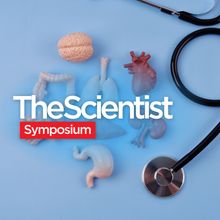
Studying Organ Development and Disease Using Organoids
The Scientist Staff | Sep 4, 2024 | 1 min read
In this symposium, an expert panel will discuss how cutting-edge organoid research lends insights into normal development and shows what happens when processes go awry.
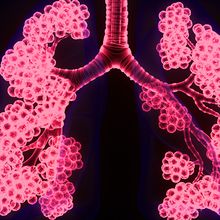
A Gene Editing System Corrects Cystic Fibrosis Mutation
RJ Mackenzie | Sep 4, 2024 | 4 min read
An optimized version of prime editing technology raises the possibility of a one-time treatment for cystic fibrosis.
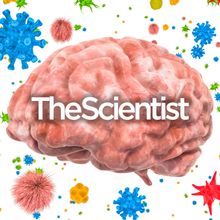
Exploring the Gut Microbiome’s Role in Neurodegeneration
The Scientist Staff | Sep 3, 2024 | 1 min read
In this webinar, Sarkis Mazmanian and Gautam Dantas will discuss how researchers study the roles that endogenous gut microbes play in influencing the body’s response to neural injury and disease.
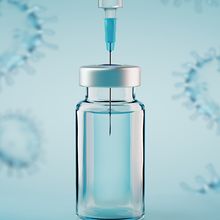
Engineered Yeast Brew a Vaccine Adjuvant
Sahana Sitaraman, PhD | Sep 3, 2024 | 3 min read
Ever since its discovery in the 1900s, the production of a potent vaccine adjuvant relied on the Chilean soapbark tree. Now, yeast can make the molecule.
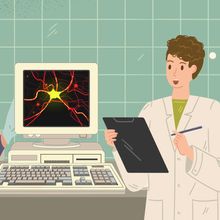
Right Protein, Wrong Pattern
Shelby Bradford, PhD | Sep 2, 2024 | 2 min read
Julia Darby’s tagged chimeric proteins told a convincing story. Later, she learned that they distorted some of the details.

Science Crossword Puzzle
Stella Zawistowski | Sep 2, 2024 | 1 min read
Put on your thinking cap, and take on this fun challenge.

From Lab Coat to Legislation
Danielle Gerhard, PhD | Sep 2, 2024 | 2 min read
Following graduate school, Sarah Carter headed to Washington, DC to carve out a career in science policy.
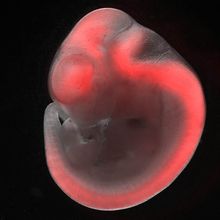
Dynamic Enhancers Orchestrate Development
Mariella Bodemeier Loayza Careaga, PhD | Sep 2, 2024 | 2 min read
Evgeny Kvon leverages transgenic models and genomic techniques to uncover the ways enhancers control the transcription of genes.
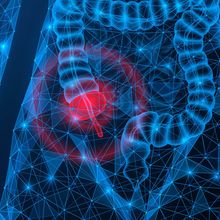
Why Do Humans Have an Appendix?
Hannah Thomasy, PhD | Sep 2, 2024 | 2 min read
Long believed to be purely vestigial, this troublesome organ may play an important role in gut and immune function.
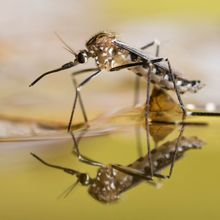
Excess Lipids Keep Dengue at Bay
Shelby Bradford, PhD | Sep 2, 2024 | 2 min read
Accumulating lipids may be Wolbachia bacteria’s secret weapon for decreasing viral transmission.